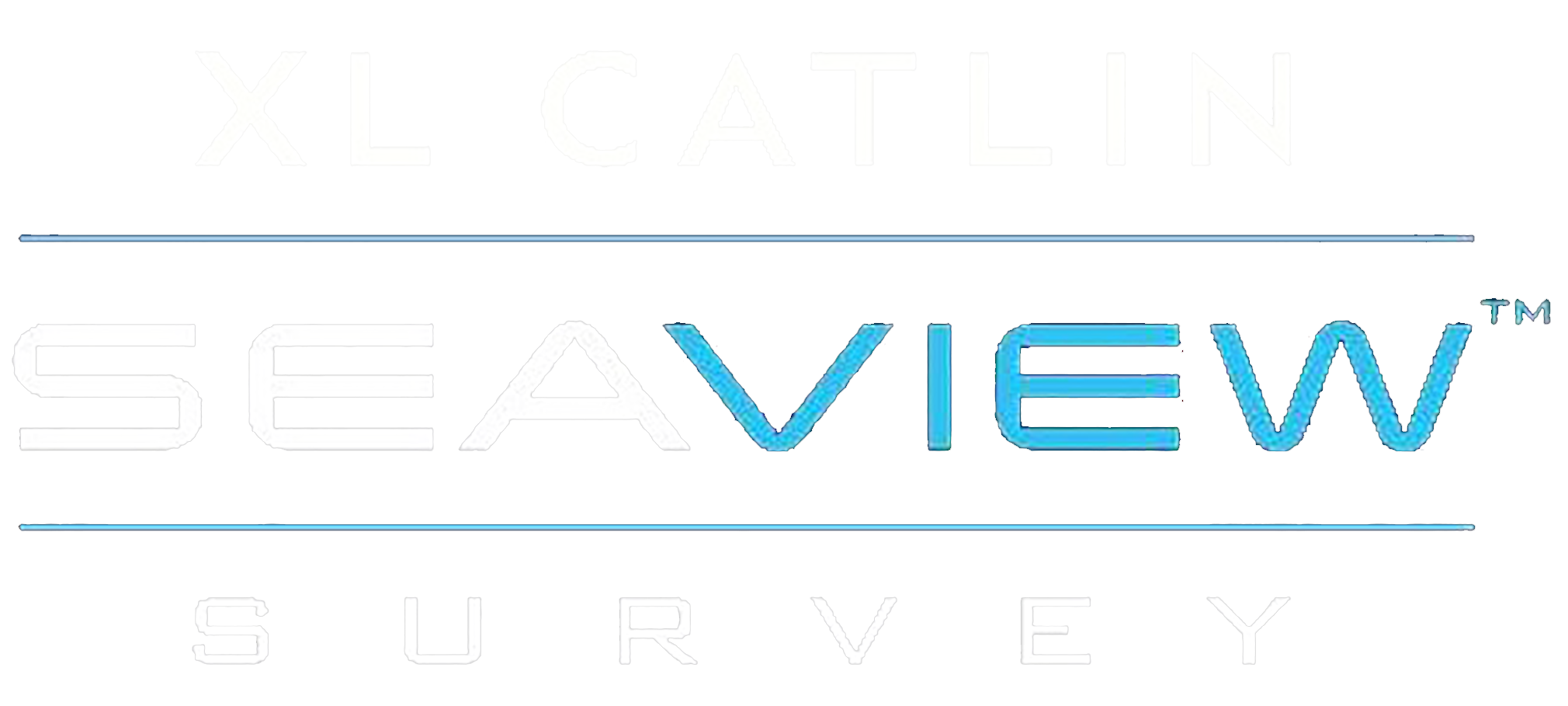
WELCOME TO THE
XL CATLIN SEAVIEW SURVEY
devised back in 2011 through a three-way relationship between Underwater Earth, The University of Queensland and AXA XL (previously known as XL Catlin).
Developed from the recognition that the world’s reefs are in a dramatic state of decline, due to pollution, destructive fishing and climate change.
If this is not turned around, over 500 million people globally who rely on coral reefs for food, tourism income and coastal protection will be at great risk.

A UNIQUE BLEND OF
SCIENCE, TECHNOLOGY & COMMUNICATION
The XL Catlin Seaview Survey was deliberately structured to provide a unique blend of science, technology and communication harnessing the expertise of its three complementing founding partners - Underwater Earth, The University of Queensland (UQ) and AXA XL (PREVIOUSLY KNOWN AS XL CATLIN).
Expedition data and analysis have since been made open-source through the Global Reef Record and UQ’s data repository, which in combination provide the largest publicly-accessible baseline data set, critical for understanding change on coral reefs.
A significant multi-year communications and outreach program, designed to engage a broad audience of scientists, conservationists, policymakers, educators, students, media and the general public, was devised and led by Underwater Earth working closely with the other founding partners.
Through an ongoing partnership with Google, the project was extended, allowing coral reefs to be revealed across multiple Google platforms including Google Street View, Google Earth and Google Expeditions. This innovative approach resulted in hundreds of millions of people being able to explore and learn about these critical ecosystems.
The program was significantly enhanced by the expertise and generous multi-year funding of corporate founding sponsor AXA XL (previously known as XL Catlin).
At its heart was a global scientific study dedicated to creating a baseline record of the world’s coral reefs in high-resolution 360-degree panoramic vision. Complementing the shallow water studies (10-12m) were a series of in-depth explorations of the little-understood deep water reefs of the world (30-125m). The scientific expeditions and analysis work was led by Professor Ove Hoegh-Guldberg and his team at UQ, collaborating with some of the world's leading scientific institutions.
Underwater Earth’s custom-made underwater SVII panoramic camera system, designed to take the world virtual diving in Google Street View, was adapted by the UQ science team to revolutionise the program’s scientific coral reef monitoring.
Thanks to this innovative technology, the survey methodology used was orders of magnitude more efficient and effective than existing surveying methods.
Visual baseline data was collected from 23 coral reef countries over multiple expedition years and then analysed back at UQ using artificial intelligence and other methods.
Middle Image © Underwater Earth/XL Catlin Seaview Survey/Christophe Bailhache (Heron Island, Great Barrier Reef)
Footer Image © Underwater Earth/XL Catlin Seaview Survey/Christophe Bailhache (Lizard Island, Great Barrier Reef)

